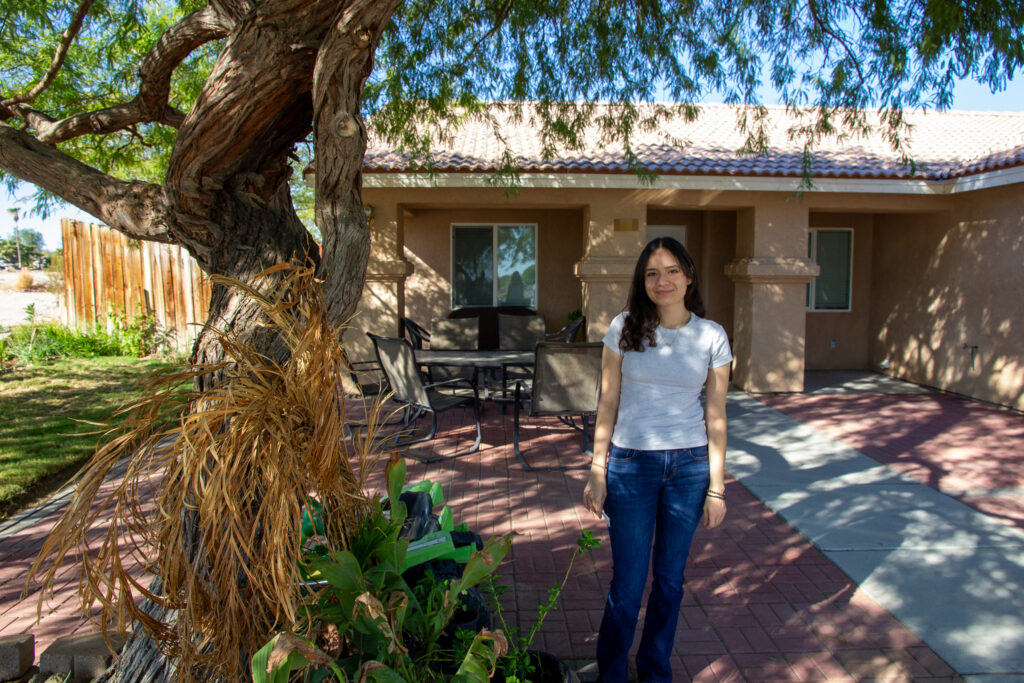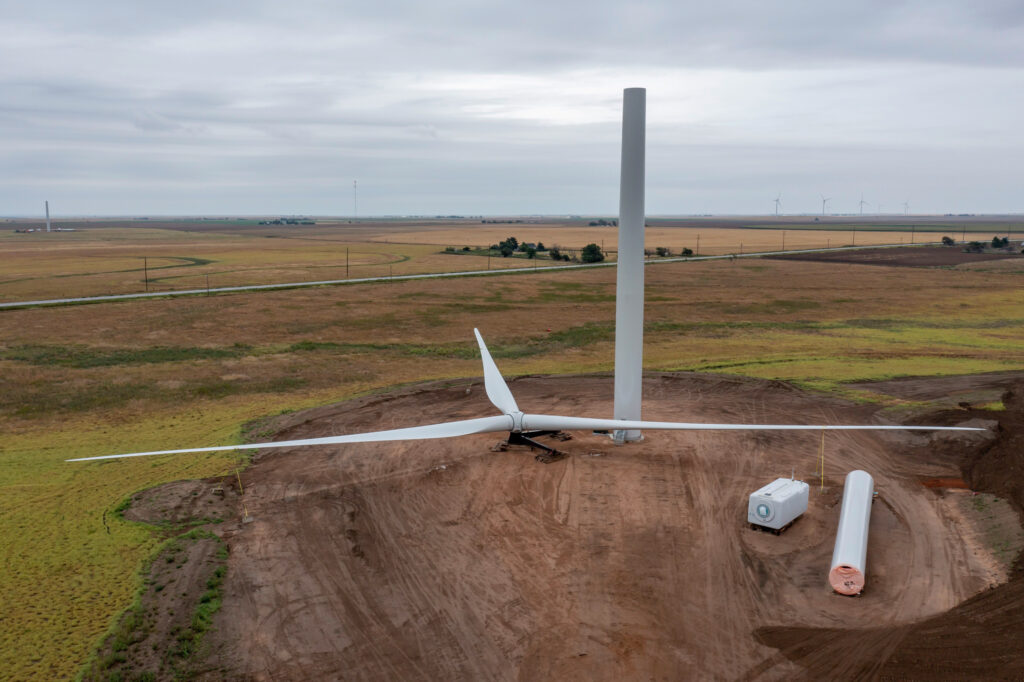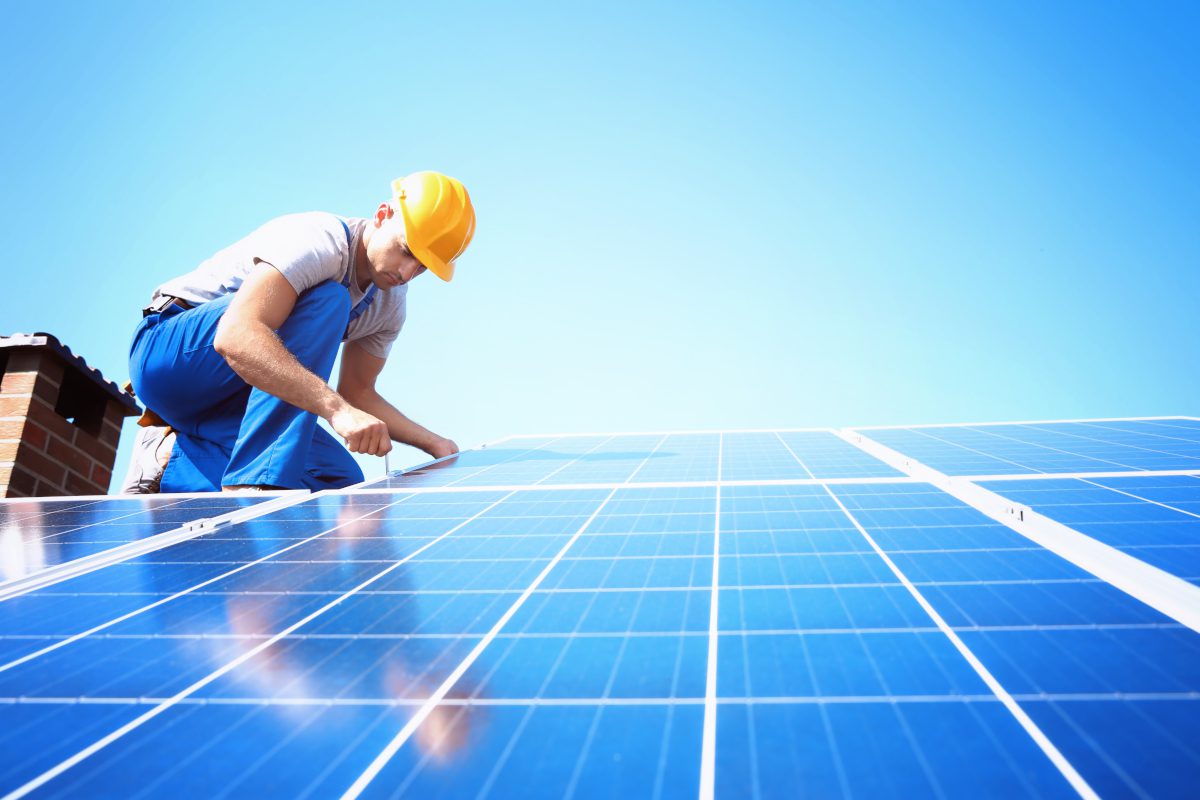For people who have spent their careers trying to expand access to rooftop solar energy, the announcement on Monday of $7 billion worth of project support from the Biden administration is almost unfathomable in its size and scope.
Money from the Solar for All program, which is part of the Inflation Reduction Act, will go to 60 recipients that include state and Tribal governments and nonprofit organizations. Its goal is to help lower-income and otherwise disadvantaged households obtain the financial and environmental benefits of solar.
“It’s a good day,” said Erica Mackie, CEO and co-founder of GRID Alternatives, an Oakland, California-based nonprofit that will receive two grants totaling more than $310 million and is involved with a third grant of $62.3 million.
These solar initiatives are a convergence of advocacy for clean energy and for environmental justice, based on the ideas that solar will help economically disadvantaged households reduce their energy costs and cut the use of fossil fuels. Once on the fringe and part of programs that often struggled for funding, these concepts have now reached the mainstream.
We’re hiring!
Please take a look at the new openings in our newsroom.
See jobs
“It really feels like this historic moment where you have the federal government saying, ‘We also care about a clean transition and we care that all our constituents can benefit,’” Mackie said.
GRID Alternatives started in 2004 with the installation of two solar systems and has grown to about 500 employees who provide job training for solar installers and set up solar systems for qualifying low-income households.
Her group was well-positioned to be a successful applicant for Solar for All because it was already doing the kind of work envisioned in the program. This includes years of work in Tribal communities across the U.S. to install solar as part an effort to increase clean energy jobs and reduce dependence on fossil fuels.
The Environmental Protection Agency selected the 60 Solar for All recipients from a pool of about 150 applicants. About $5.5 billion is going to 49 grants to states or state-level organizations; about $1 billion is going to five grants that cover multiple states; and about $500 million is going to six grants for Tribal governments or organizations that serve Tribal communities.
The largest grants are about $250 million each, given to three states (California, Texas and New York) and two applicants, including GRID Alternatives, whose work covers multiple states. The smallest grants are in the $25 million to $30 million range, including about $25 million for a partnership of the Hopi Tribe and Arizona State University to deploy rooftop solar on the Hopi Reservation.
The programs will vary by location and based on variations in what applicants proposed, but a common element is that all are using solar to help reduce household expenses and improve air quality.
See the full list of grant recipients and descriptions of their programs.
“Energy costs are among the biggest costs for families to budget, particularly poor and middle-income families,” President Joe Biden said at an Earth Day event on Monday at Prince William Forest Park in Triangle, Virginia. “In fact, low-income families can spend up to 30 percent of their paychecks on their energy bills. It’s outrageous.”
A 5-kilowatt rooftop solar system, which is on the small side, costs about $10,000 to $18,000 before tax credits. Even with solar leasing and other financing options, the costs are too high for many households.
Biden said Solar for All will lead to the installation of about 900,000 solar systems that will give estimated energy bill savings of about $400 per year. The savings, over time, would exceed the program’s cost.
The idea for Solar for All was initially part of a bill sponsored by Sen. Bernie Sanders, I-Vt.. Senate leaders later folded the bill into the Inflation Reduction Act, the landmark federal climate and clean energy law signed in August 2022. Vermont will receive $62.5 million from Solar for All.
“This is a win for the environment, a win for consumers and a win for the economy,” Sanders said in a statement.
Filling Cracks With Federal Dollars
Across the country, the grants are a monumental increase in the level of funding for the installation of solar. Programs exist in states such as California, Colorado, Massachusetts, Minnesota, New York and Oregon, but even the largest initiatives are small compared to what can be done with the new grants.
John Delurey, a deputy program director for the advocacy group Vote Solar, said the grant announcement is an exhilarating moment.
“It’s the biggest single commitment we’ve ever seen,” he said. “Seven billion dollars isn’t going to put solar on every home, but it’s a start.”
This story is funded by readers like you.
Our nonprofit newsroom provides award-winning climate coverage free of charge and advertising. We rely on donations from readers like you to keep going. Please donate now to support our work.
Donate Now
He said the effects are going to be substantial in the Midwest, the region where he oversees Vote Solar’s work. As an example, he listed how the federal Solar for All grant will help to expand an existing program in Illinois, also called Solar for All. The Illinois program has sometimes suffered because of a lack of funding.
“All the cracks in the foundation of Illinois Solar for All are going to be filled by federal dollars,” he said.
New Hampshire will receive $43.5 million to spend over five years. This is a lot more than the roughly $2 million per year the state now has in a fund that can be used for low-income solar.
“The thing that’s most exciting about this is it’s being targeted at entities serving low-income people,” said Sam Evans-Brown, executive director of Clean Energy NH, an advocacy group. “It’s supercharging programs that are already doing good work.”
His group isn’t receiving money, but it works with companies that will likely do work related to the grant.
“I’m feeling so good,” Evans-Brown said.


















